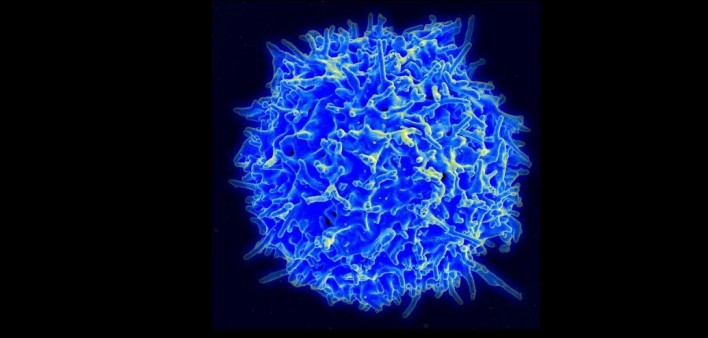A team of scientists has challenged the finding by others in the field of HIV science that a certain molecule is a biomarker of immune cells that are latently infected with the virus (meaning those cells are in a resting state and not producing new virus). On the contrary, the molecule CD32 actually indicates immune cells that are actively infected with the virus despite antiretroviral (ARV) treatment.
Latently infected immune cells are considered a cornerstone of the viral reservoir, the presence of which prevents standard ARV treatment from eradicating HIV from the body.
Publishing their findings in Science Translational Medicine, researchers studied blood and immune tissues from HIV-negative individuals as well as people living with HIV, including those on ARVs and those whose virus was not treated. They also studied animals for their research.
The investigators found that CD32 was expressed along with various molecules that indicate a state of immune activation, which supported their conclusion that CD32 is, in fact, a biomarker for actively infected CD4 cells. (HIV infection prompts a state of immune activation in the body.) Additionally, CD32 was not associated with HIV DNA, the presence of which is one of the main characteristics of latently infected CD4s. Instead, most of the HIV DNA the researchers discovered was in CD4 cells that did not express CD32.
To read a press release about the study, click here.
To read the study abstract, click here.







Comments
Comments